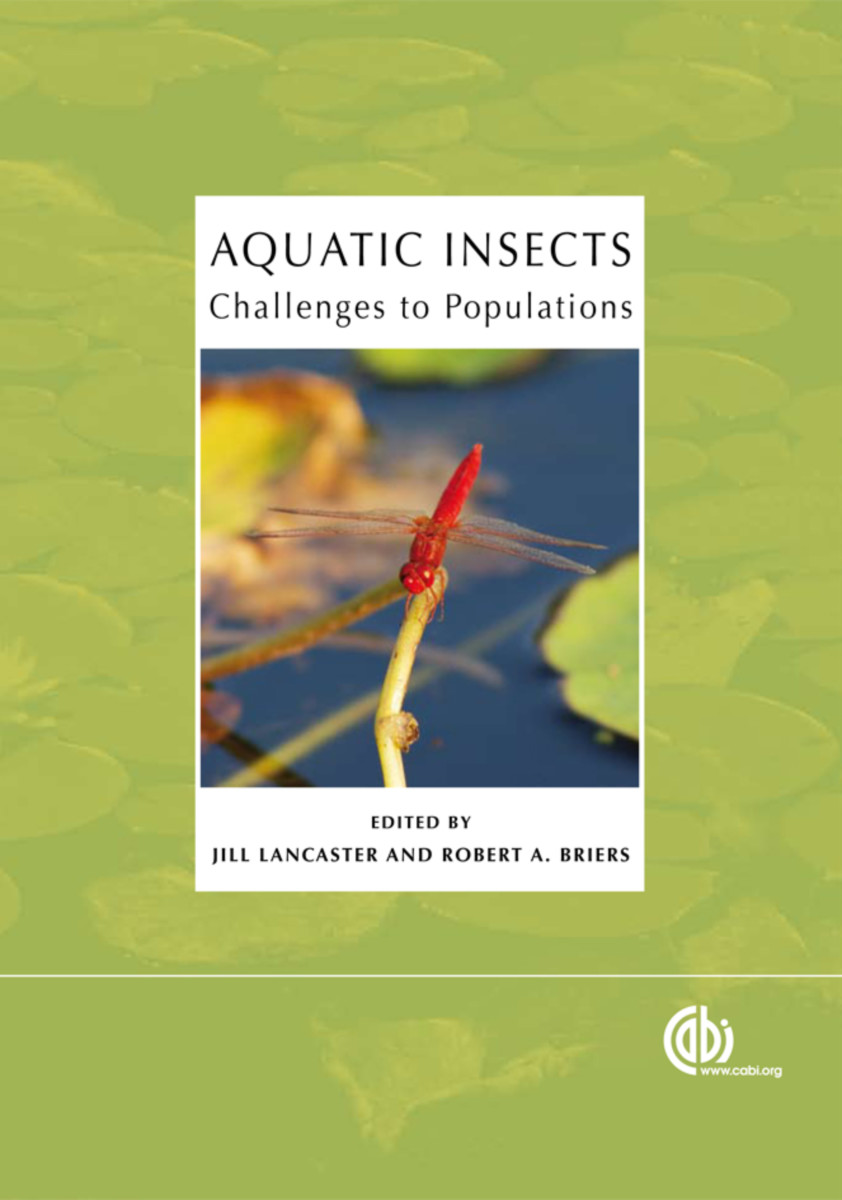- Publisher
CABI - Published
30th July 2008 - ISBN 9781845933968
- Language English
- Pages 336 pp.
- Size 6.875" x 9.75"
Insects are a diverse, numerous and important group in aquatic habitats, occupying key functional and ecological roles. This edited volume brings together acknowledged experts in often disparate fields ranging from physiology through ecology to evolution to consider in a unified manner the challenges facing insect populations in aquatic environments and how they have adapted to achieve such prominence in virtually all habitats. It will be of central interest to researchers and students in aquatic insects and general entomology.
"For anyone teaching an aquatic entomology course, this book would be an excellent reference...most aquatic ecologists would benefit from having this book on their shelves as a reference text."
Randall L. Fuller, Colgate University - , JNABS Journal
"[A] very valuable source of up-to-date reviews…highly recommended for advanced students and researchers."
- Basic and Applied Ecology
Surviving with drought: ecological consequences and the effects of drought on aquatic insects • Saline-water insects: ecology, physiology and evolution • Aquatic insect adaptations to winter cold and ice d communities • The effect of flood disturbance on invertebrate populations • Life-history and behavioural adaptation to disturbance • Life history tradeoffs and time constraints in temporary habitats • Scale dependence of population responses to spatial environmental variability • Cannibalism and population regulation in dragonfly larvae systems • Ecological and evolutionary physiology of flight in aquatic insects • Insects movement and dispersion within stream • Habitat constraints and the generation of diversity in freshwater • Oviposition habitat selection in aquatic habitats • Polarization vision in aquatic insects and polarized ecological traps


